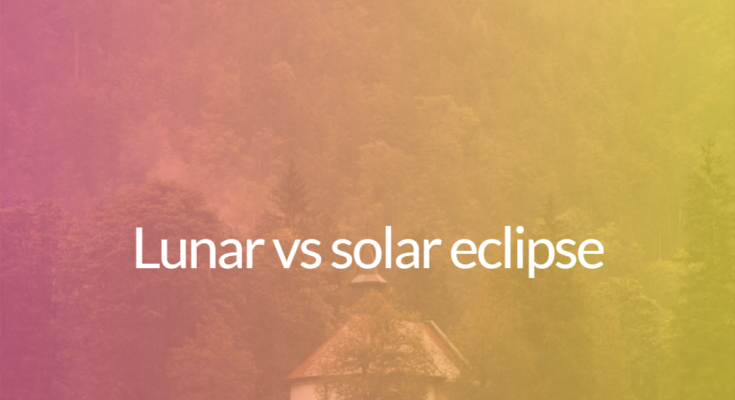Introduction
Lunar and solar eclipses are natural phenomena that occur when the Earth, Moon, and Sun align in specific ways. While they both involve the blocking of light, they are distinct events with different characteristics. In this article, we will explore the differences between lunar and solar eclipses.
Difference between Lunar and Solar Eclipses
| Lunar Eclipse | Solar Eclipse |
|---|---|
| A lunar eclipse occurs when the Earth is between the Sun and the Moon. | A solar eclipse occurs when the Moon is between the Sun and the Earth. |
| The Earth’s shadow falls on the Moon, causing it to darken. | The Moon’s shadow falls on the Earth, blocking the Sun’s light. |
| Lunar eclipses can only occur during a full moon. | Solar eclipses can only occur during a new moon. |
| Lunar eclipses are visible from anywhere on the nighttime side of the Earth. | Solar eclipses are only visible from specific regions on Earth. |
| A lunar eclipse can last for a few hours. | A solar eclipse can last for a few minutes. |
| Lunar eclipses are generally safe to view without any special eye protection. | Solar eclipses should never be viewed directly without proper eye protection. |
Conclusion
In summary, lunar and solar eclipses are fascinating celestial events that differ in terms of their alignment, visibility, duration, and safety. While lunar eclipses can be observed from anywhere on the nighttime side of the Earth during a full moon, solar eclipses are only visible from specific regions during a new moon. It is important to remember that when attempting to view a solar eclipse, proper eye protection must be used to prevent damage to the eyes.



